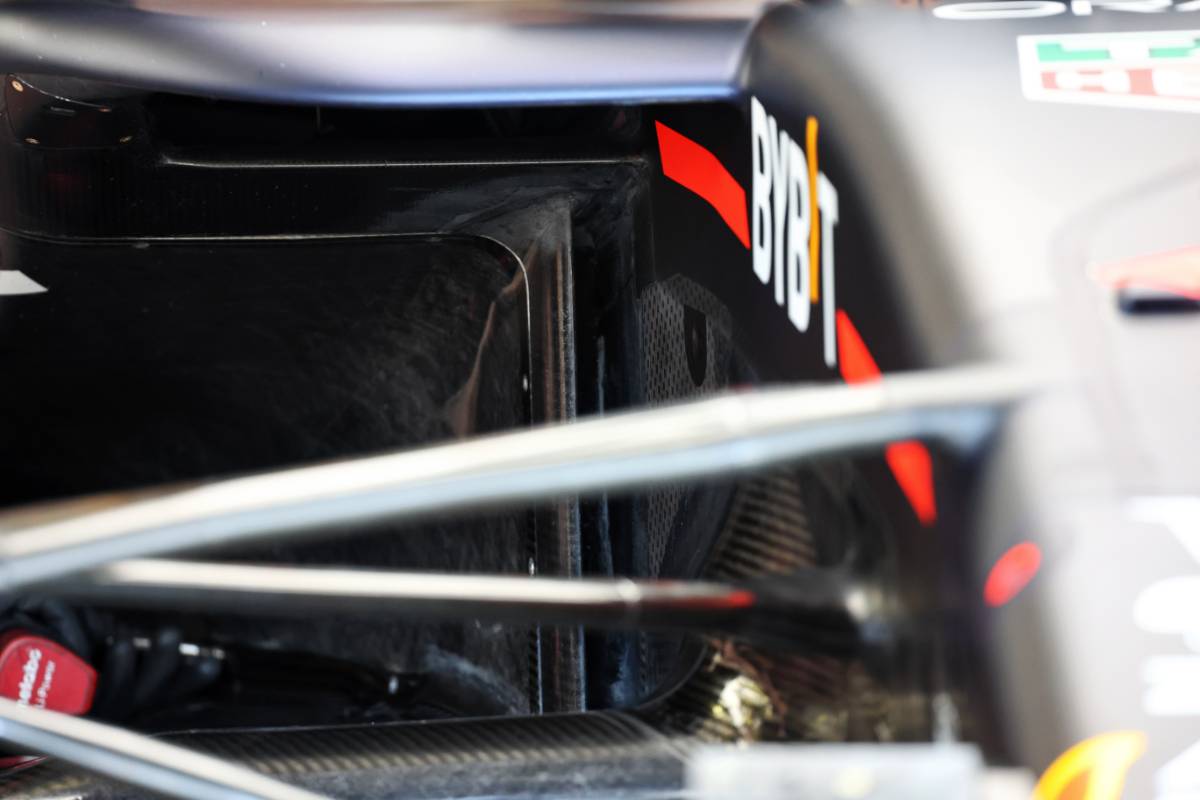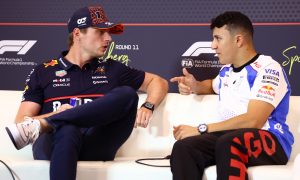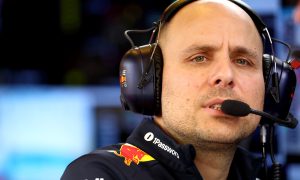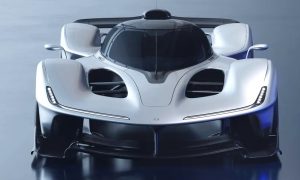
Red Bull says its decision to embrace a concept on its new RB20 previously ditched by Mercedes was not the result of a bold gamble, but rather a "calculated risk".
Following a crushing 2023 campaign that delivered 21 wins from 22 races, Red Bull was expected to roll out a, evolution of its all-conquering RB19.
Instead, the reigning world champions opted for an innovative and aggressive approach to the design of it 2024 contender, much to the surprise of most of its rivals.
The most distinctive changes are the adoption of a thin vertical radiator inlet running from the top to the bottom of the chassis, a design similar to the approach followed by Mercedes in 2022 and in the opening races of 2023.
To channel the cooling air taking heat away from the radiators to the rear of the car, Red Bull has integrated into the RB20’s rear bodywork a pair of high shoulders – or gullies – running from the halo along the engine cover also reminiscent of what Mercedes used in ’23.
Red Bull technical director Pierre Wache says these changes came after careful analysis and a willingness on the part of the team’s engineers to overcome a quasi “emotional” attachment to their own design ideas.
Read also:
There is perhaps no small irony in Red Bull being inspired by solutions previously explored, and eventually abandoned, by its main rival.
But Wache emphasizes the importance of prioritizing objective data and performance over pride in creating their own solutions.
“You try to not be emotional [with design choices], as the first reaction is, ‘ah, it’s better to have your own ideas’,” explained the French engineer.
“But at one point you just have to take a step back and say, ‘is the stopwatch and our system saying what’s better?’ So you test stuff and you take what is better.

“As a human being, you say, ‘I would prefer to do my own stuff.’ But it is dangerous because you have to go with your criteria, and if the criteria is what is better, we go for what is better.
“And also it is not exactly the same to be fair…it’s a lot better!”
Explaining the process that led his design department to pull away from last year’s ultra-successful baseline, Wache said that Red Bull’s approach was “based on the simulation and numbers” and on the assumption that its rivals would be working tirelessly to bridge the gap.
“You know you have to improve quite a lot because the others will come back, and you know that your concept is more or less at the plateau of what you can achieve with it.
“Well maybe not the plateau, because some others will find more, but if you want a different rate of development, you have to take a little bit of a bet and more risk. So we took this decision to take more risk quite early.
“It is an evolution of how we developed the car, but was clearly a push to give us the freedom to make a big change to the strategy overall.”

Wache made clear that however bold or aggressive this “big change” is perceived, it isn’t the result of a shot in the dark by Red Bull.
“We don’t gamble, we just take risk. It is different,” the Frenchman added.
“You don’t do things based on what you don’t know. You say, I want to go to this direction, what can I do to achieve it? What do I have to do? And the solution is coming by itself.
“You don’t gamble. Instead you say that if I do that [change], it is more risky than if I keep it. After that you say, ‘okay, we minimise the risk by studying more and more and more.’ And to be honest, aero did a very, very good job on it.”
Keep up to date with all the F1 news via Facebook and Twitter







